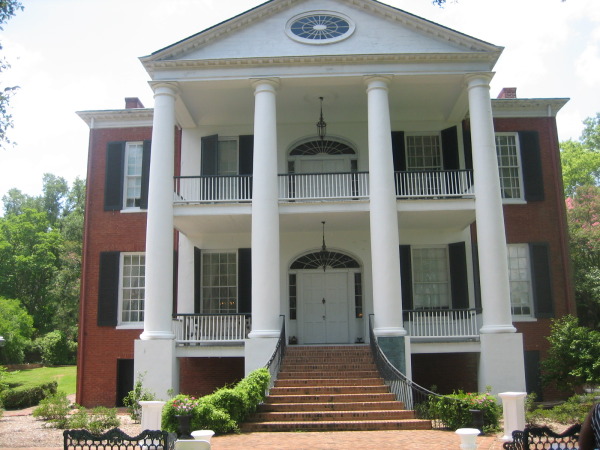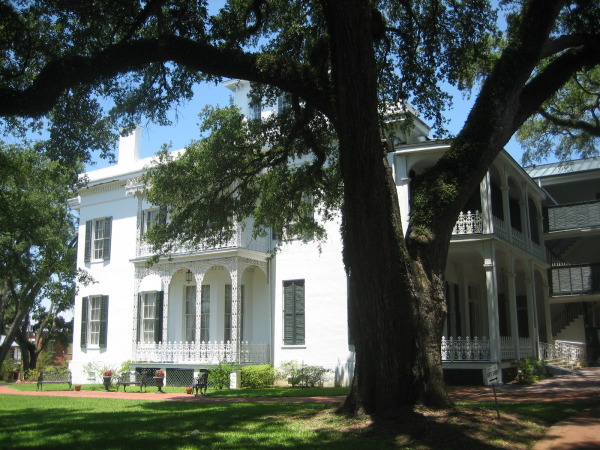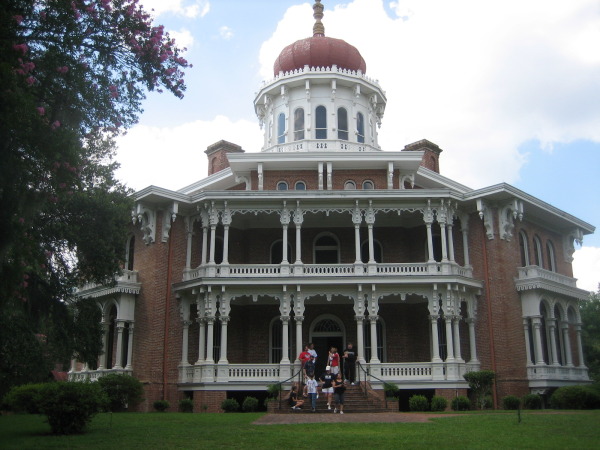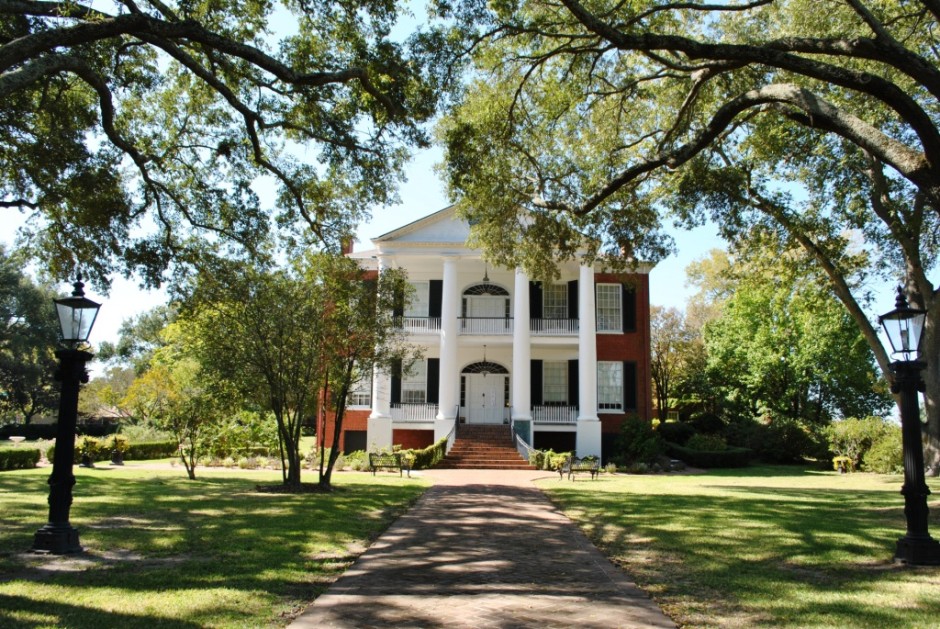
Natchez, which overlooks the mighty Mississippi River and the flatlands of Louisiana, had more millionaires per capita than any other town in the United States before the Civil War.
Prosperous due to its network of cotton plantations, worked by the descendants of African slaves, Natchez showed off its wealth through stunning architecture. Landowners who had grown wealthy by cultivating cotton drew attention to themselves by building elegant mansions, many of which survive.
These antebellum residences, designed in the Classical Revival, Greek Revival and Federal styles and featuring such flourishes as gabled roofs, verandas, columns, high ceilings and crown mouldings, survived for one reason. Natchez, a bastion of the Confederacy in Mississippi, surrendered to Union forces in 1862 and was thus spared destruction.
As a result, Natchez has the largest collection of antebellum mansions in the United States, the kind moviegoers saw in the 1939 Hollywood classic, Gone With The Wind.
Visually spectacular, they are open to the public, though admission is not free. I visited three of them — Rosalie, Stanton Hall and Longwood.

Rosalie, sitting on a bluff on a bend of the Mississippi River, was built in 1823, making it one of the oldest antebellum buildings in Natchez. Named after an 18th century fort and declared a National Historic Landmark in 1989, Rosalie was constructed of brick and cypress wood, and spreads languorously over 13,000 square feet.
Commandeered by the Union army as its headquarters in Mississippi from 1863 until the end of the Civil War in 1865, Rosalie is distinguished by its hardwood floors, chandeliers, marble fireplaces, fading family photographs and French Provincial furniture. There are a few unusual touches — spittoons, chamber pots, glass flycatchers and bell pulls for calling servants. This is not to everyone’s tastes of course. In Connecticut, there is a much wider range of homes that are available, which can be viewed by going to https://www.williampitt.com/.
Nonetheless, for the past 74 years, Rosalie has been owned and operated by the Mississippi State Society Daughters of the American Revolution.

Stanton Hall, a bed-and-breakfast inn until 1993, is a cut above Rosalie in terms of size and furnishings.
Constructed in 1857, it was the biggest antebellum mansion before the outbreak of the Civil War in 1861. The main hall, 11,000 square feet in size, is graced by hand-knit carpets, gold-leaf mirrors, bronze chandeliers and French wallpaper with Indian motifs.
Stanton Hall’s front door is massive, too, measuring 17 feet high and 14 feet wide. The rest of Stanton Hall, while historically interesting, is not as impressive as its main hall.
Longwood, the largest octagonal residence in the United States, remains unfinished, construction having stopped with the eruption of the Civil War. Crowned by a Moorish dome, it was supposed to have had 32 rooms, but only nine were roughed out.

As you wander around, you come across curious artifacts — a “convenience” chair (a non-flushing toilet), a low upholstered chair that enabled proper ladies to sit comfortably without revealing their dainty ankles, and a portrait of a black man-servant who was at the beck and call of his master, a childhood friend.
Longwood, set on manicured grounds dotted with cypress trees draped in Spanish moss, takes you back to a bygone era, as do all the antebellum mansions in Mississippi.
